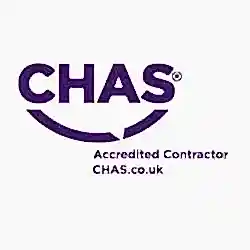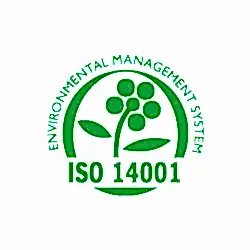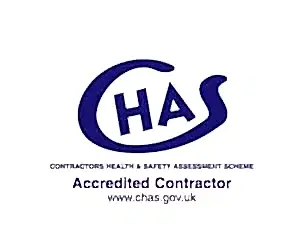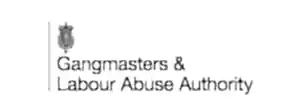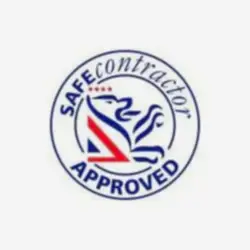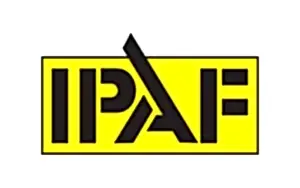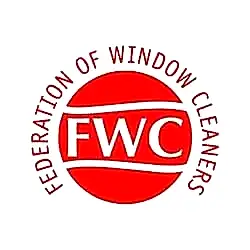Enhanced routine for coronavirus cleaning guidelines
Bear in mind that these cleaning guidelines for coronavirus are technical and most useful for professional decontamination cleaning companies.
If you are a business in need of infection control services due to coronavirus contamination, or more general information relating to the services relevant to your business, call Sentrex today on 0345 548 4579
Furthermore, these guidelines are not exhaustive or definitive as the situation is constantly changing as more information is disseminated.
Coronavirus cleaning guidelines
These guidelines are designed to help reduce the risk of spread of the novel coronavirus (COVID-19) from contact with contaminated surfaces.
We recommend sites adopt enhanced cleaning processes, as it is recognized that our housekeeping procedures, whether provided by our colleagues or a vendor, may not be thorough enough to adequately reduce the risk of coronavirus transmission.
- Site leaders are expected to discuss these guidelines with their cleaning services or company employees (as applicable) and ensure that they are immediately implemented
- It is also recommended that site leaders (or designee) periodically observe the actual cleaning process to ensure proper implementation
- Of primary concern for cleaning and disinfection, site leaders need to be aware of the occupancies and surfaces where frequent human contact might provide a reservoir for COVID-19. While each facility and operation will be different, the following areas should receive focused attention:
- Areas of human congregation (including, but not limited to, offices, conference rooms, canteens/cafeterias, locker rooms and reception areas)
- Hygiene facilities (including, but not limited to, lavatories/toilets, shower rooms, hand- washing stations)
- Dispensaries (including, but not limited to, medical and first aid stations, emergency shower and eyewash stations).
Touch-point cleaning – what surfaces to clean:
- Canteen tables and chairs
- Crockery, trays and cutlery
- Sinks, taps and kitchen areas
- Toilets AND all surfaces within
- Water fountains
- Drinks dispensers
- Vending machines
- Lifts, their doors & buttons
- Desktops and all work surfaces
- Doorknobs and door handles
- Light switches and dimmer switches
- Computer monitors, keyboards, mice
- Tablets and laptops
- Telephone equipment
- All chair rests and arms.
Coronavirus cleaning frequency
The areas highlighted above should be cleaned at least daily and, if possible, between shifts. Sites should use a commercial disinfecting wipe, detergent and water, or commercial anti-microbial products (see Disinfection section below for a list of likely effective cleaning solutions). The general guideline is that the more people who contact surfaces, the more frequently that surface should be cleaned.
- Internal or external cleaning staff will be responsible for regular cleaning of common areas frequented by employees
- Provide disposable wipes or other cleaning products identified in Table 1 (listed further below) so that commonly used surfaces can be wiped down by employees before each use.
Guidelines for Coronavirus disinfection
These following guidelines are designed for the disinfection of areas that have been frequented by an individual with a known or suspected case of COVID-19. These guidelines are separate from the enhanced routine cleaning guidelines outlined above and will not be used by sites unless they have a known or suspected case of COVID-19.
As part of our site preparedness efforts, all site leaders must immediately contact their cleaning services provider to confirm whether they have the capability to clean according to these guidelines. Confirming this information now will help you ensure that proper disinfection can begin as soon as possible should your site experience suspected or confirmed case of COVID-19.
Many Thermo Fisher colleagues serve on the housekeeping staff at our sites. Sites are strongly discouraged from asking our colleagues who serve on the cleaning staff to disinfect areas after a confirmed or suspected case of COVID-19. If your housekeeping staff includes Thermo Fisher employees, site leaders must contact external vendors and locate a company that can perform cleaning according to these guidelines as part of our preparedness efforts. Once a vendor is located, efforts must be made to secure their services in the event they are needed (i.e., execute contract and service agreements ahead of time).
Site leaders who have difficulty identifying or securing a vendors that can perform disinfection, or who feel the best option is to have their employee cleaning staff perform the disinfection, must contact local environmental, health and safety resources and corporate Risk Management for further guidance.
In the absence of specific guidance from the World Health Organization and United States Centers for Disease Control and Prevention and other national healthcare agencies, all locations should be prepared to follow the European Union guidance contained in the Interim guidance for environmental cleaning in non-healthcare facilities exposed to SARS-CoV-2 (February 18, 2020) until further notice. We will continue to monitor for new guidelines with respect to COVID-19 and update this guidance as necessary.
The survival time for COVID-19 is not known for certain, so it is best to assume that the virus can survive on surfaces of different materials for at least 2 to 3 days, and possibly longer. Where there is reason to suspect that surfaces may have been contaminated with COVID-19, the surfaces should be sanitized. If the potentially contaminated surface is covered with a textile, it may be necessary to launder the material at the warmest temperatures recommended for the material with a laundry detergent and bleach.
Disinfectants should be prepared and applied in accordance with the manufacturer’s recommendations. Ensure that appropriate contact time is given before rinsing or removing the disinfectant. Please see the Disinfectants section below or refer to the European guidance referenced below for recommendations on disinfectants that can be used.
Disinfection of production, shipping and receiving, laboratories and other non-office locations should be done in consultation with QA/QC staff, operations and others as appropriate to ensure selected disinfectants and proposed methods are acceptable from a quality and production perspective.
Instructions for disinfection in addition to the European guidance
- Cleaning staff should wear disposable gloves, disposable long-sleeved gowns, eye goggles or a face shield, and an N95 disposable respirator or equivalent during the cleaning
- Gloves should be removed and discarded if they become soiled or damaged, and a new pair to be worn
- Disinfection can be limited to specific locations within the facility where the infected person spent time or was likely to have contacted surfaces (i.e., not just passing through such as an entrance vestibule)
- The active ingredients and their effective concentrations listed below have been shown to be effective against known coronaviruses. In addition to the use of cleaning agents, other treatments effective against known coronavirus include steam and heat treatment. All disinfectants should be used according to the manufacturer’s instructions.
- Soak cloths, mops, etc. with disinfectant or bleach solution and avoid spray applications which may create splashes and further spread the virus
- Wipe tabletops, desks, benches or other horizontal surfaces with human contact with disinfectant or the prepared bleach solution at the beginning and again at the end of the cleaning
- Where possible, seal off areas where the confirmed case has visited until all cleaning and disinfection of the contaminated surfaces has been completed
- Remove curtains, fabrics, quilts, pillows and cushions for washing, preferably using the hot water cycle. Alternatively, you may choose to simply dispose of these items.
- For hot-water laundry cycles, wash with detergent or disinfectant in the water at 70ºC for at least 25 minutes. If low-temperature (i.e., less than 70ºC) laundry cycles are used, choose a chemical that is suitable for low-temperature washing when used at the proper concentration.
- Arrange for a cleaning contractor to properly disinfect any carpets that have been used by any person who has been confirmed to have COVID-19
- Floors and hard surfaces should be cleaned using a disinfectant selected from the list below or contained in the European guidance
- Disinfect non-porous cleaning equipment by soaking in disinfectant or bleach solution. Disinfect equipment used in one room, before using for other rooms. If possible, keep the disinfecting equipment separated from other routine equipment.
- Double-bag all materials for disposal (including rags, respirators, disposable gowns and gloves) and seal with a cable tie. Wear a new pair of gloves for handling the bag.
- Waste should be disposed of upon completion of the disinfection work in accordance with local or country regulations for the disposal of biohazardous waste.
Read more about our range of deep cleaning and infection control services here. Deep Cleaning, Coronavirus Cleaning, Fogging Services, Decontamination Services


